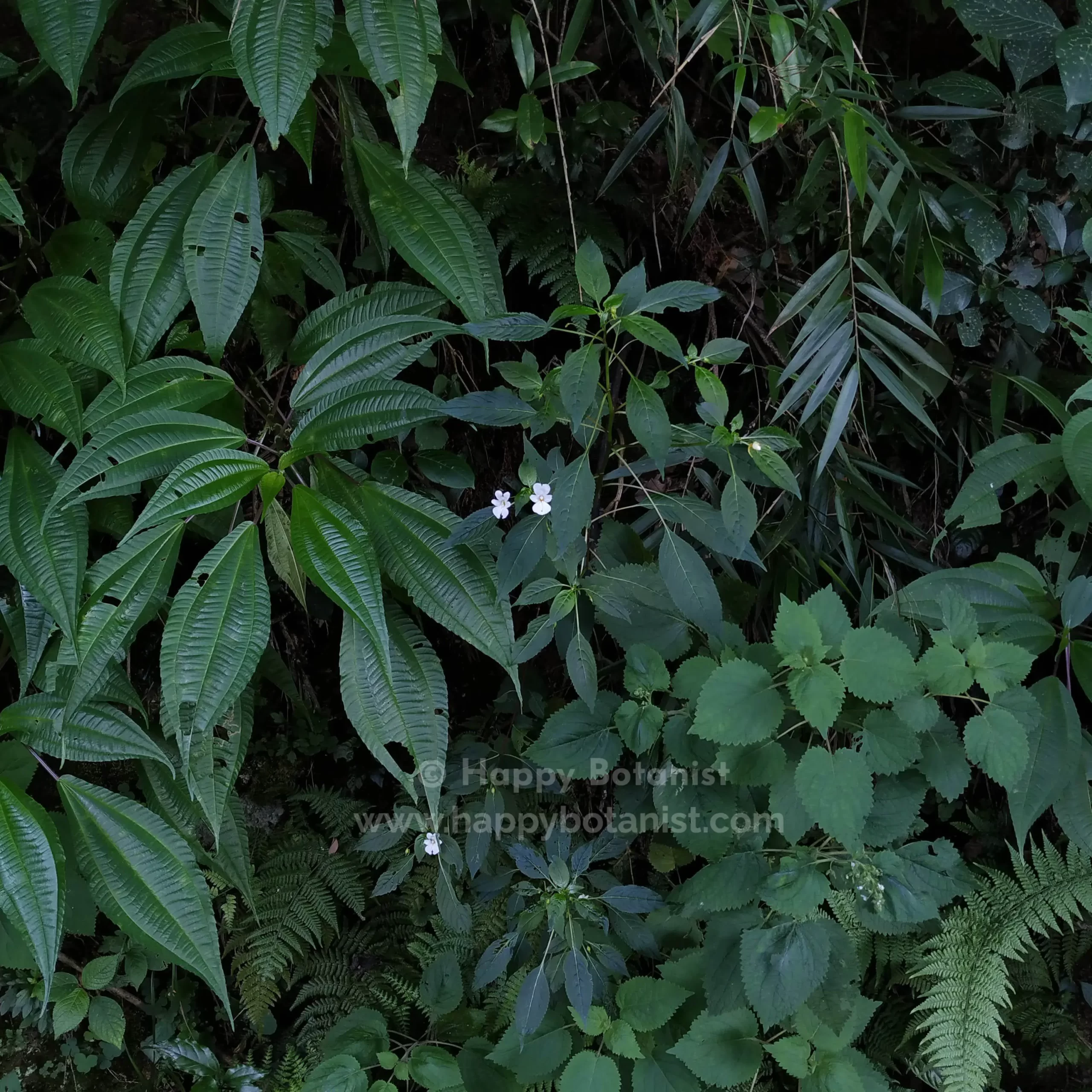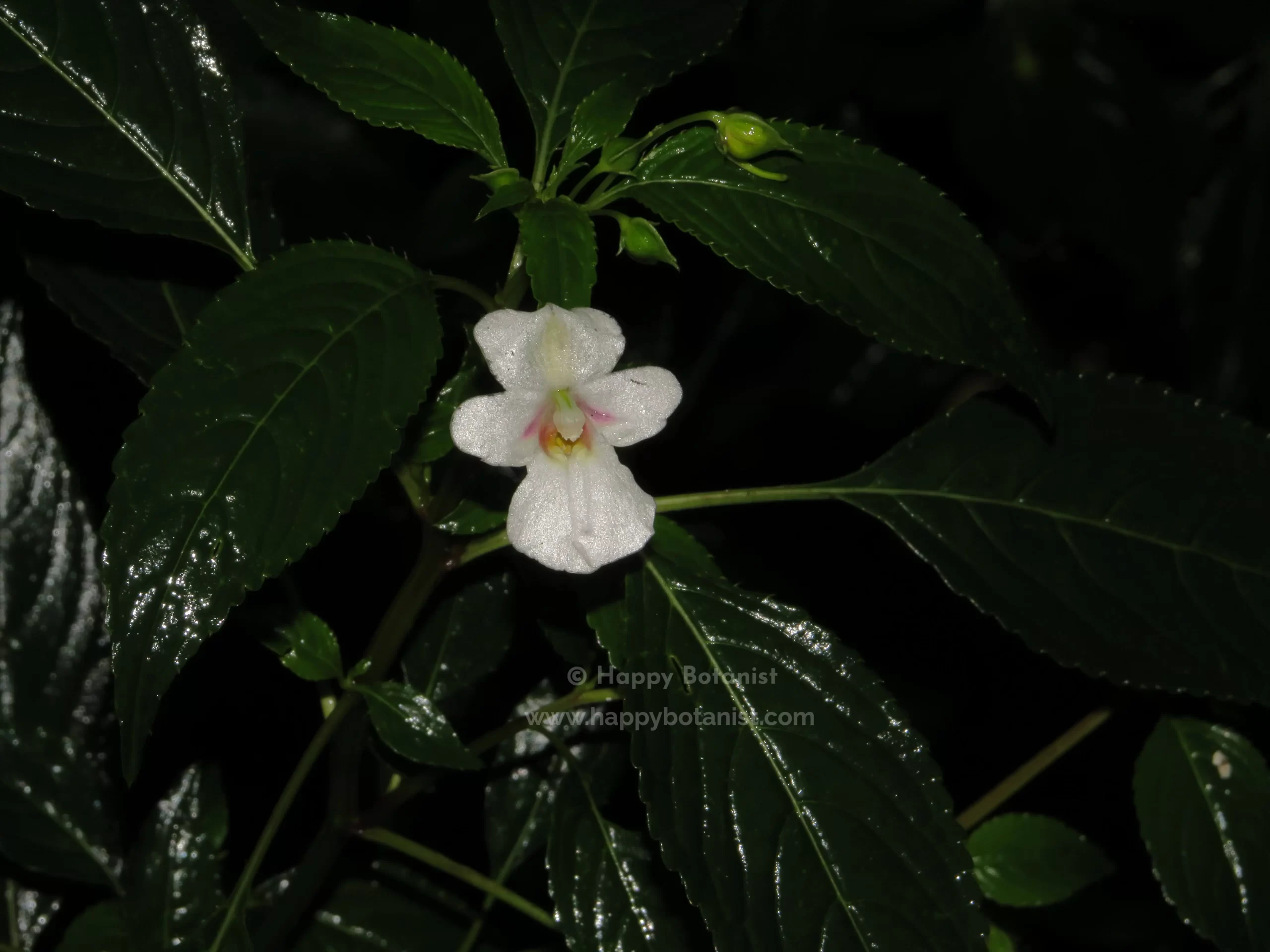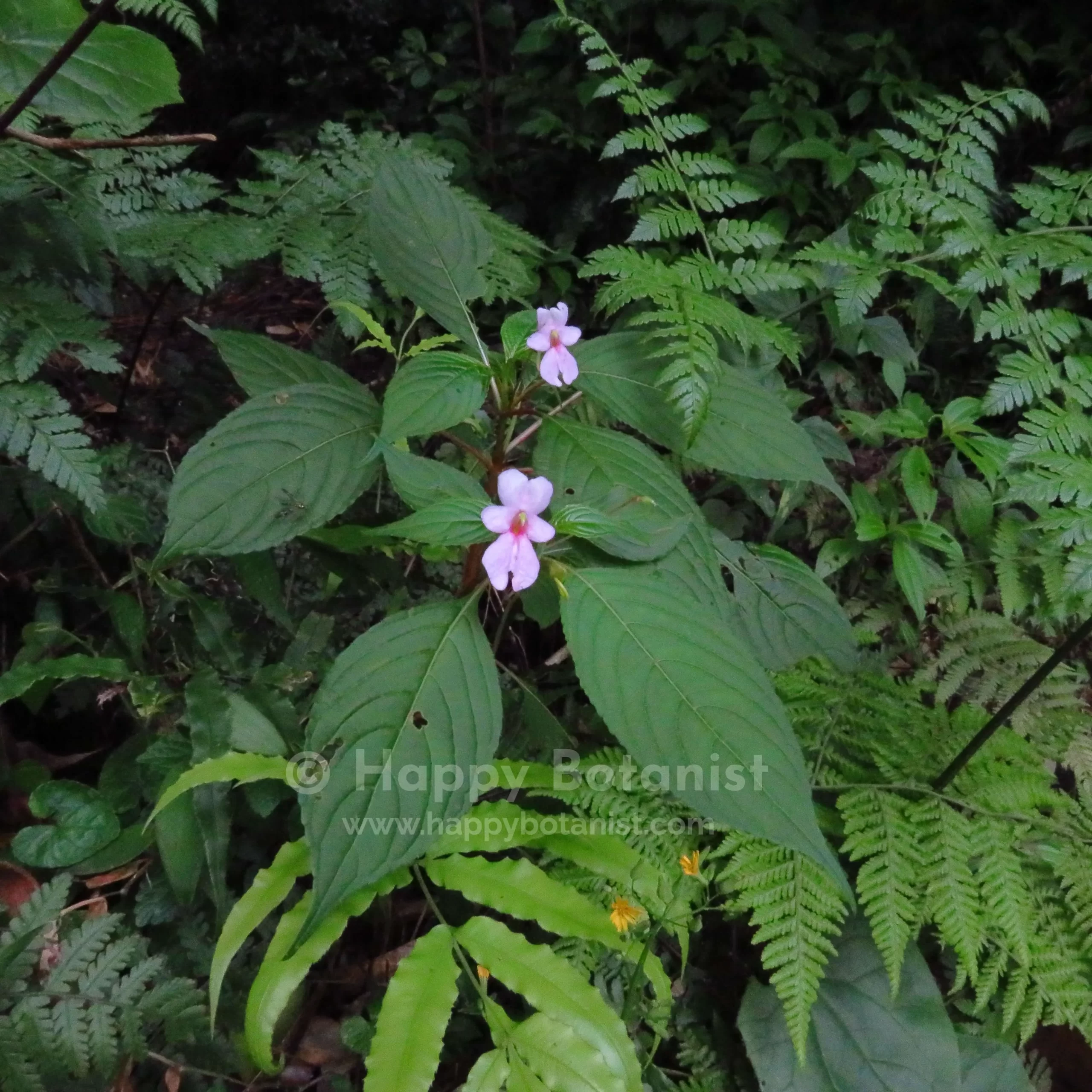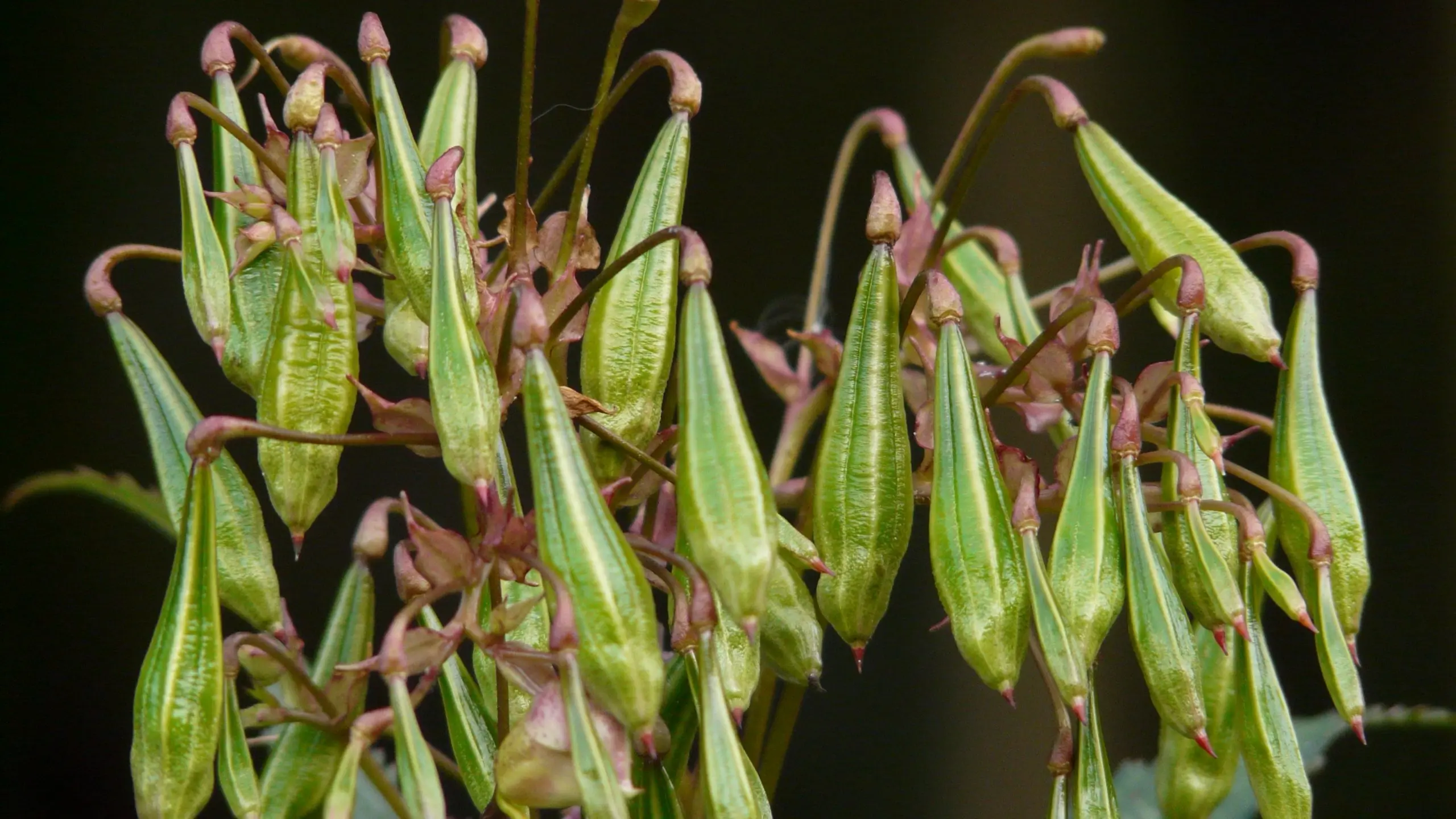Impatiens leschenaultii
The botanical world is a treasure trove of extraordinary plant species, each with its unique characteristics and beauty. Impatiens leschenaultii, often referred to as Leschenault’s Balsam, is a botanical gem that belongs to the family Balsaminaceae.


It was first discovered in the early 19th century by the French botanist Jean-Baptiste Leschenault de La Tour, hence its name.

This plant is native to the Western Ghats of India, a region renowned for its rich biodiversity.


This balsam species thrives in moist, shaded environments, often found growing in the understory of tropical rainforests. It’s well-suited for the cooler, high-altitude regions of the Western Ghats.

The leaves are deeply serrated and glossy green, with silvery veins that create an intricate pattern.

The flowers of Impatiens leschenaultii are small and delicate, usually a pale pink or white.


After pollination, Impatiens leschenaultii produces slender capsules containing seeds. When the capsules mature, they explode upon touch, dispersing the seeds, which is a mechanism characteristic of the Impatiens genus.


Impatiens leschenaultii, like many plant species, faces threats due to habitat loss and deforestation. Conservation efforts are crucial to preserve this botanical gem and the unique biodiversity of the Western Ghats.



























































